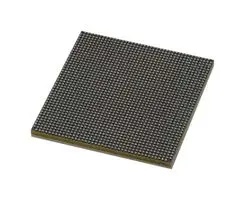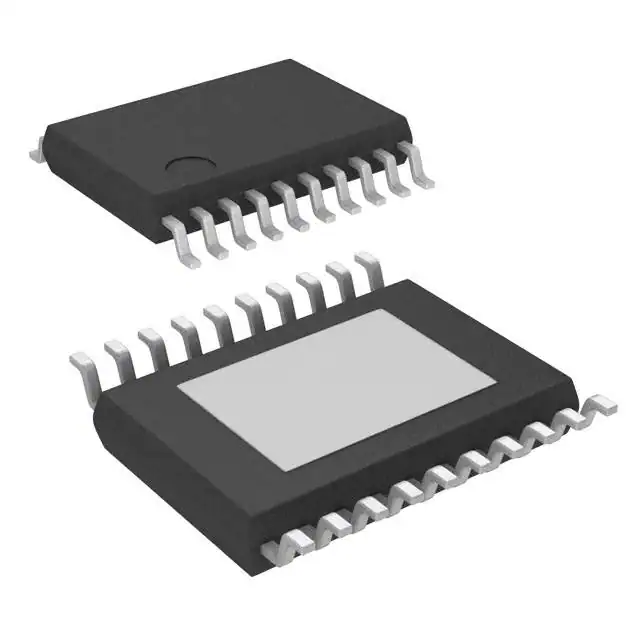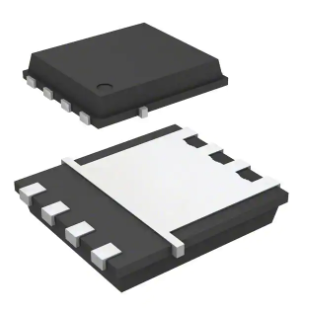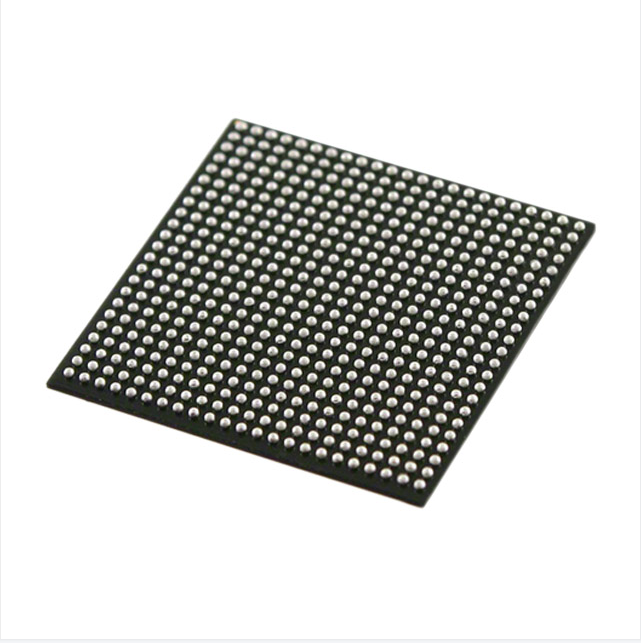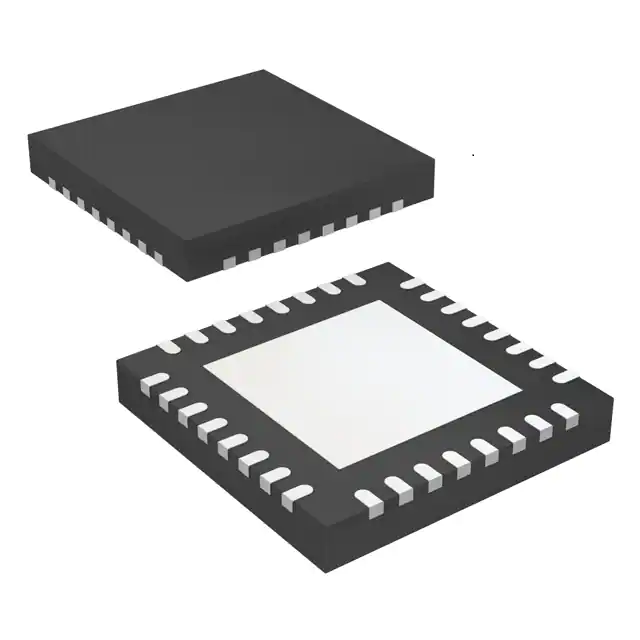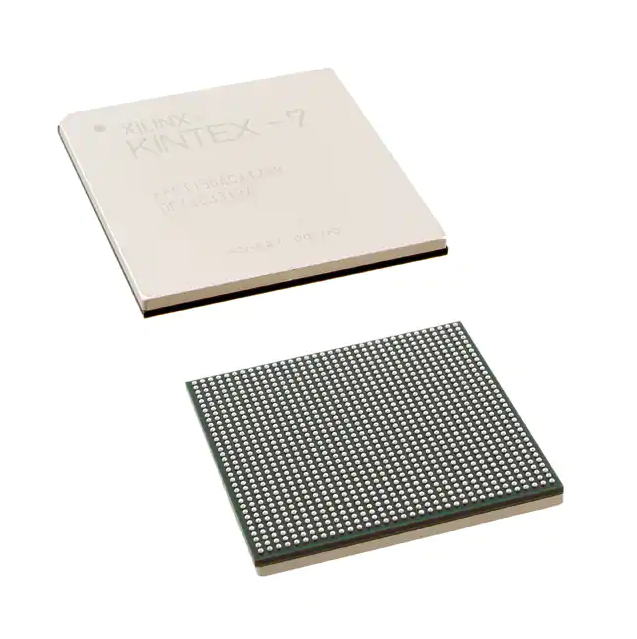XC7VX690T-2FFG1927I new and original with own stock FPGA
Product Attributes
|
No. of Logic Blocks : |
693120 |
|
No. of Macrocells: |
693120Macrocells |
|
FPGA Family: |
Virtex-7 |
|
Logic Case Style: |
FCBGA |
|
No. of Pins: |
1927Pins |
|
No. of Speed Grades: |
2 |
|
Total RAM Bits: |
52920Kbit |
|
No. of I/O's: |
600I/O's |
|
Clock Management: |
MMCM, PLL |
|
Core Supply Voltage Min: |
970mV |
|
Core Supply Voltage Max: |
1.03V |
|
I/O Supply Voltage: |
3.3V |
|
Operating Frequency Max: |
710MHz |
|
Product Range: |
Virtex-7 XC7VX690T |
|
MSL: |
- |
What do FPgas bring?
Highly customizable SoC. For example - standard interfaces connected to familiar cpus and field upgradable logic blocks. As a result, systems integrators bring solutions that integrate across familiar commoditization boundaries (disruptive innovations). So what comes to mind here are hardware startups in the fields of security, networking, data centers, etc.
In addition, FPGas can also be used with powerpc or ARM-based cpus. Thus, it is possible to quickly develop an SoC that will have a highly customizable interface around the CPU for which existing code has already been developed. For example, hardware acceleration cards for high-frequency trading.
High-end FPgas are used to get "free" high performance interfaces such as PCIe Gen 3, 10/40Gbps Ethernet, SATA Gen 3, DDR3 gobs and gobs, QDR4 memory. Typically, locating this ip to an ASIC is costly. But FPgas can get you started quickly, because these cores can be used as already-proven chips, so it takes only a fraction of the development time to integrate them into the system.
Fpgas have quite a few multipliers and internal memory. Therefore, they are well suited for signal processing systems. Therefore, you will find them in the hardware that performs signal conditioning and multiplexing/demultiplexing. For example, wireless network equipment, such as base stations.
The smallest logical element in an FPGA is called a logical block. This is at least an ALU+ trigger. As a result, FPgas are widely used for computing problems that can benefit from SIMD-type architectures. Examples include cleaning images received from image sensors, point or local processing of image pixels, such as calculating difference vectors in H.264 compression, etc.
Finally, ASIC simulation or hardware/software in the ring testing, etc. FPGA logic design shares the same processes and tools as ASIC design. Fpgas are therefore also used to validate some test cases during ASIC development, where the interaction between hardware and software may be too complex or time-consuming to model.
Now looking at the above advantages of FPGA, it can be applied in:
1.any solution that requires the development of custom SOCs using field upgradable modules.
2.signal processing system
3. Image processing and enhancement
4.CPU accelerators for machine learning, image recognition, compression and security systems, high-frequency trading systems, etc.
5. ASIC simulation and verification
Going a step further, you can segment the market that FPGA-based systems can serve well
1, need high performance but can not withstand high NRE. For example, scientific instruments
2. It cannot be demonstrated that longer lead times are required to obtain the desired performance. For example, startups in areas such as security, cloud/data center server virtualization, etc. try to prove a concept and iterate quickly.
3. SIMD architecture with large signal processing requirements. For example, wireless communication equipment.
Take a look at the application:
Satellite and space exploration, Defense (radar, GPS, missiles), telecommunications, automotive, HFT, DSP, image processing, HPC (supercomputer), ASIC prototyping and simulation, Industrial applications - motor control, DAS, Medical - X-ray and MRI machines, Web, Business applications (iPhone 7 / Camera)
More modular:
1. Aerospace and Defense: Avionics /DO-254, communications, missiles.
2.audio technology: connection solutions. Portable electronic devices, speech recognition.
3. Automotive industry: high-resolution video. Image processing, car networking.
4. Bioinformatics
5, broadcast: real-time video engine, EdgeQAM, display.
6.consumer electronics: digital display, multi-function printer, flash memory box.
7. data center: server, gateway, load balancing.
8. High-performance computing: server, signal intelligence system, high-end radar, data mining system.






